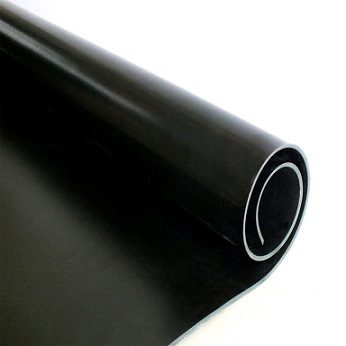Neoprene Rubber Sheet
Product Description
Product Detail

Chloroprene Rubber (CR), widely known as Neoprene, was one of the first oil resistant synthetic rubbers. However, it has only moderate resistance to petroleum-based oils and fuels. It can be considered as a good general purpose rubber with an excellent balance of physical and chemical properties. It has better chemical, oil, ozone and heat resistance than natural rubber but a rather lower level of physical properties. It's gas permeability is fairly low and flame resistance is excellent, chloroprene being one of the few rubbers that are self-extinguishing. Neoprene gives excellent rubber-metal bonds and good resilience. Certain grades of Neoprene may crystallize and harden during storage although they will thaw on heating. Chloroprene is widely used because of its wide range of useful properties and reasonable price. Typical applications include belting, coated fabrics, cable jackets, seals and gaiters. Neoprene® is a registered trademark of DuPont Performance Elastomers.
Typical Physical Properties:
Solid Rubber - This product is NOT sponge or foam
Durometer / Hardness Shore A 60+/-5
Tensile Strength 525 PSI
Elongation 200%
Operating Temperature -40 Deg. F. to +200 Deg. F.
Finish Smooth Both Sides
Color Black
Powder / Talc Free